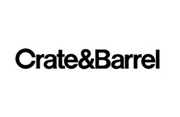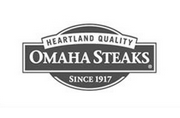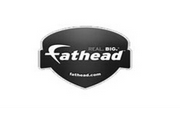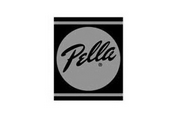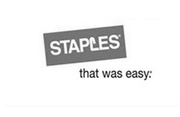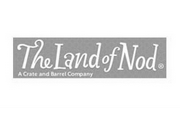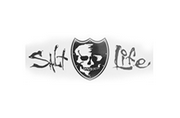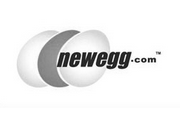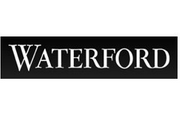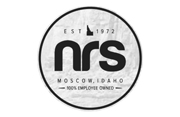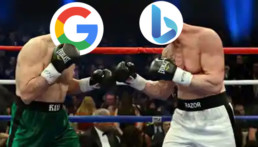
Google Ads vs. Bing Ads: Which One is Right for Your Business?
It may seem ambitious to run PPC campaigns across two different search engines, Google and Bing, but it may be worth your time to research Bing as your +1 option to your existing PPC campaigns.
Let’s get started with a did you know? Microsoft’s three most popular search engines are utilized by Bing PPC advertising: Bing, Yahoo, and AOL. When you deploy a PPC campaign, the ads are shared across all platforms simultaneously (without filters). Microsoft has over five billion monthly searches every month, making Bing PPC a powerful marketing tool for sponsored ad campaigns.
There are many factors when considering setting up your PPC campaigns, targeting options, quality score, match types, and pay per click dollar amounts. What makes Bing PPC different from Google PPC is the demographic and behavior of their target market. For instance, Bing’s desktop search market share has grown by 26.8% since 2019, increasing from 4.85%. In addition, it was found that 41 percent of Microsoft users tend to perform more search sessions through PPC than other platforms; this statistic includes PPC searches on both desktop and mobile devices (Marketing Land).
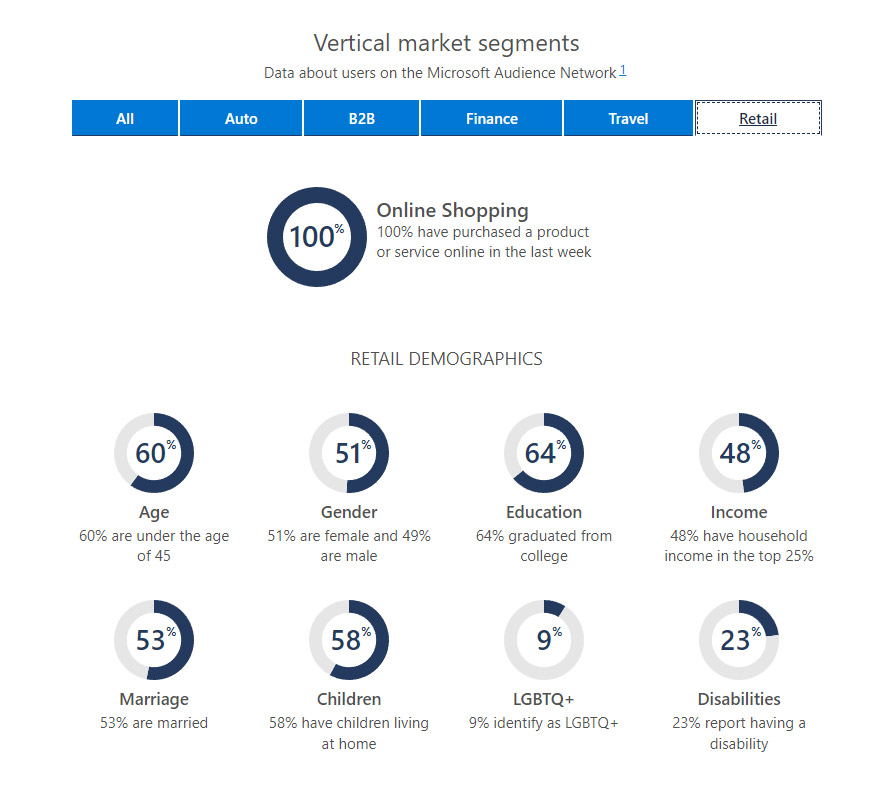 If you’re used to navigating through Google’s paid campaign setup, Bing Ads will take you less than a minute to set up for PPC. The PPC platform is similar to Google’s PPC Panels Layout, which makes moving from one system to the other simple.
If you’re used to navigating through Google’s paid campaign setup, Bing Ads will take you less than a minute to set up for PPC. The PPC platform is similar to Google’s PPC Panels Layout, which makes moving from one system to the other simple.
After PPC campaigns are set up on Bing Ads, their advertising setup can be adjusted with paid search tactics like Google AdWords. This allows you to optimize PPC performance by modifying budgets and schedules, adjusting bids, and other campaign settings (Bing Ads).
Bing PPC and Google Ads are very similar in setup and functionality. You bid on keywords based on their traffic volume, and when that keyword is searched, your ad appears, and you pay Bing each time a visitor clicks on it—making the transition to Bing PPC very easy for someone with experience with Google Ads.
Bing also lets you set up specific targeting filters so you can determine where your ads will be placed on their channels. For example, if you want to just run ads on Yahoo and not AOL you can set your filters to make sure you are running ads that are optimized to fit your campaign goals. This offers more flexibility when targeting the right audience with suitable ads for your product or services.
Google AdWords is still your source for highly effective ad tools, but Bing has several benefits that make it appealing for small and medium-sized enterprises. So, now that we’re acquainted with how Bing PPC ads function, let’s look at some of the critical distinctions between Bing PPC and Google AdWords.
So which one is right for your business? Bing or Google?
- Bing Ads offers filter options and for precise targeting.
- Research indicates Bing’s audience is older and tends to have higher income.
- Bing users’ demographics will benefit specific industries and may help with ROI.
One of the most significant differences and one of the best benefits is Bing is has a lower cost-per-click. Learn more about the customers and how people connect on the Microsoft Search Network.
1.) Bing allows you to filter your search advertising based on age and location. For example, you might use a location filter to restrict your material’s availability to those in specific areas of the globe. As a result, you’ll be sure that relevant leads are exposed to your marketing efforts for more precise targeting or ad creative research that can be transferred to Google at a cost-savings.
2.) & 3.) Microsoft states that Bing occupies 34% of the world’s desktop search engine marketplace. So 1 in 3 people use Bing as an alternative to the other major search engines. In addition, Bing’s PPC ads audience is around 60 million users. That is 60 million potential customers you may not be advertising to currently by only utilizing Google for your paid campaigns.
Even though Google’s audience size is substantially larger than Bing, that doesn’t mean it isn’t worth your investment. The demographics indicate that Bing users tend to be older, more established, and have an income of more than $100K. So even though Google has a larger audience, Bing targets customers with significantly more buying power.
4.) In terms of value, Bing has an overall lower cost per click (CPC). Therefore, you are opening the door for a substantial return on investment if you can pick the right keyword at the correct time.
An example of the difference in bids and dollar amounts between Google and Bing
Google PPC: $2.48 – $5.92 CPC
Bing PPC: $1.50 – $3 CPC
For a few dollars less, you may reach out to individuals who have more than twice the purchasing power of those using Google Ads. Bing PPC advertising is becoming so popular among advertisers, and it’s past time your company utilized this marketing tool.
PPC (pay per click) ad CTR (click-through rate) is higher on Bing than Google. Suppose you’re in a highly competitive PPC market. In that case, this may imply that by advertising in locations where Bing has a strong presence, you’ll be able to save money while also getting more significant results.
For more information about PPC ads, read PPC campaign tips. https://www.triangledirectmedia.com/blog/ppc-advertising-why-and-how-ppc-ads-can-improve-your-business.html
While Google AdWords is most likely in the minds of internet users when it comes to digital advertising, Bing is ideal for enhancing your PPC campaign and filling any holes in your online presence. In addition, you may expand the reach of your AdWords campaigns into new and untapped markets with Bing Ads. Even though Google has more search traffic, Bing has a higher ranking, less bidding competition, and generally a lower cost-per-click.
Microsoft has been challenging for Google’s crown since Bing’s inception in 2009. That implies they’re pretty motivated to get you, a person looking to spend advertising dollars, to work with them.

